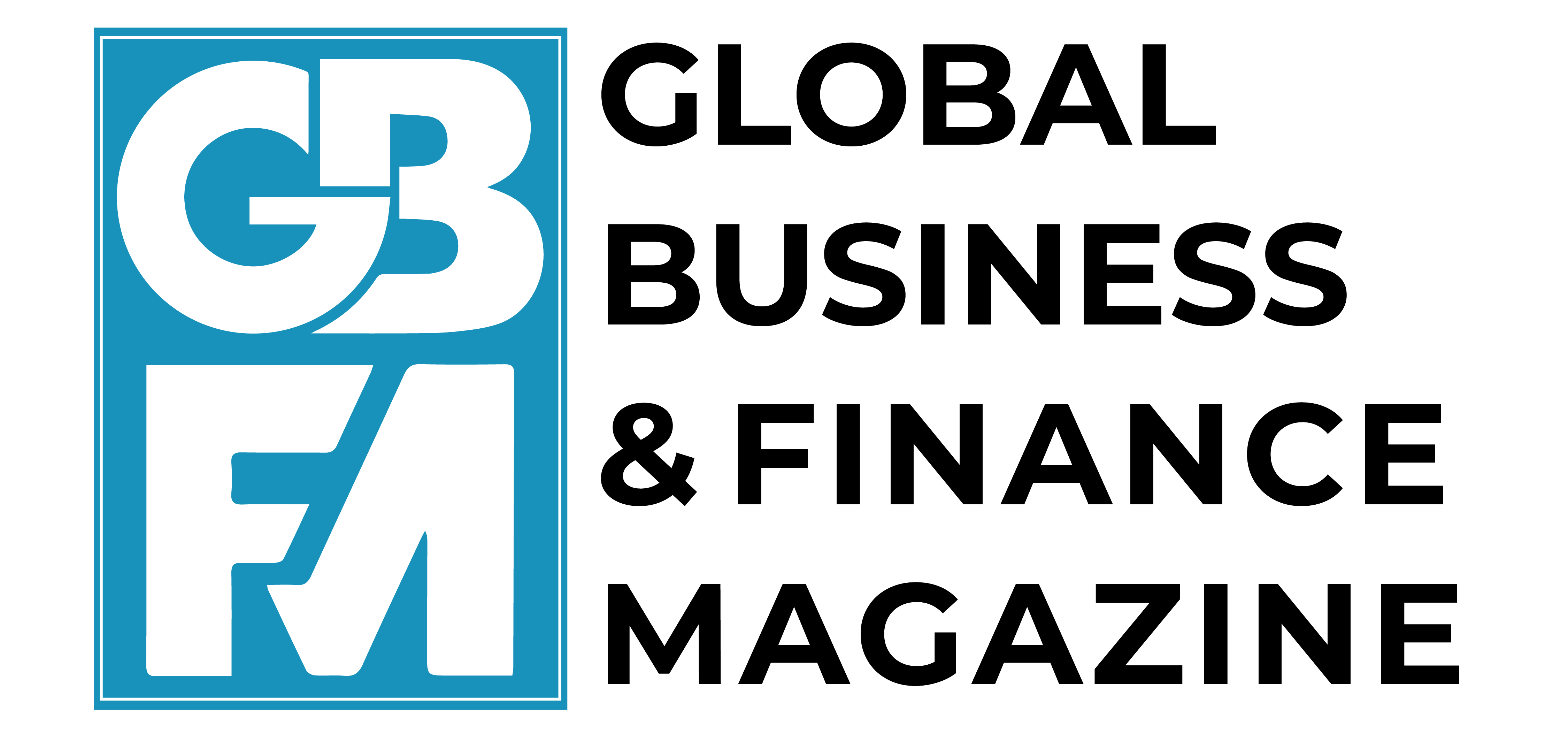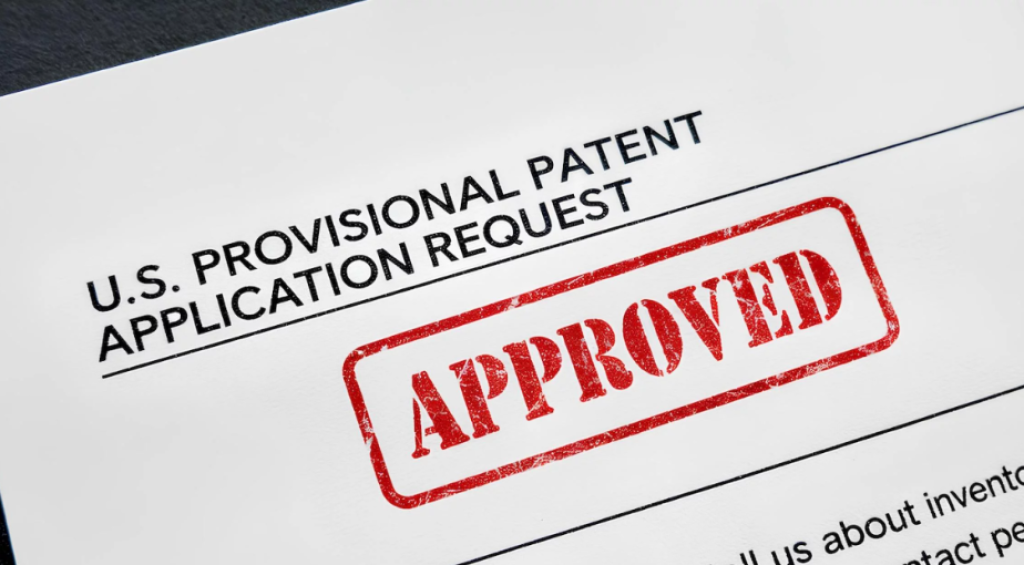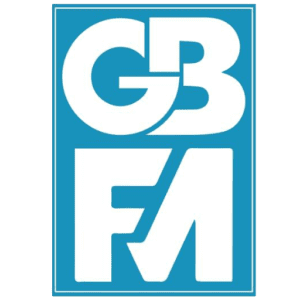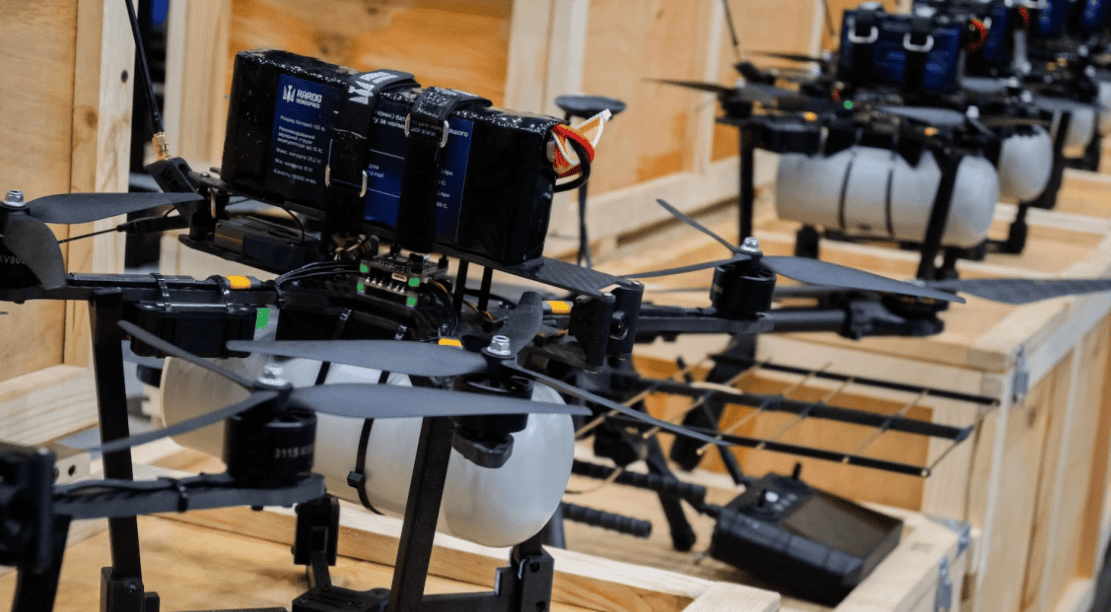Though federal spending on research and development has been a pillar of US innovation since World War II, the level and composition of that funding shows significant variation over time. This column introduces a comprehensive, open-access dataset identifying government-funded patents from 1900 to 2020, collected from administrative records of the US Patent and Trademark Office. The authors discuss how these data – which include a much larger set of publicly funded patents than was previously known – can be used in future research, consider their limitations, and document long-run patterns in US patent policy.
Since the end of WWII, federal research and development (R&D) spending has been a pillar of the US innovation system. In 2022, the US government spent nearly $200 billion on R&D – roughly 20% of total domestic R&D investment – and each year over the postwar era, federal R&D expenditures have totalled 0.5–2% of US GDP (Anderson and Moris 2023). Government R&D is a perennial subject of research, as scientists and policymakers seek to assess its impacts on private sector innovation, jobs, health, security, regional development, and other outcomes. Innovation policy reforms are seen as key to breaking out of the ‘middle-technology trap’ in the EU and elsewhere (Fuest et al. 2024), a problem for which government R&D may be an integral part of the solution (Bloom et al. 2019, Santoleri and Mina 2020).
There is significant variation over time in the level and composition of US R&D funding that could inform these questions. The limiting factor is often data measuring government-funded R&D at granular levels (by funder, performer, technology, or location) and over long time horizons. Though empirical research has used data on government-funded patents to measure public sector research activity, analysts typically use post-1976 data, limiting what can be learned from historical variation before that time. For example, some of the largest and broadest shocks to US innovation policy took place in the previous era (Gross and Sampat 2023, Kantor and Whalley 2024, Fieldhouse and Mertens 2024). Similarly, major changes to government patent policy such as the 1981 Bayh-Dole Act (itself a perennial subject of research, as in Mowery et al. 2004) took place more or less at the same time modern measures of government-funded patenting begin.
In a recent article (Gross and Sampat 2025), we introduce the Government Patent Register (GPR), a comprehensive, open-access dataset identifying government-funded patents from 1900 to 2020 – including the funding agency – collected from administrative records of the US Patent and Trademark Office (USPTO). The resulting dataset includes a much larger set of publicly funded patents than was previously known or observable, supplementing existing approaches to tracking federally funded patents, which rely on patent texts or agency disclosures and miss significant portions of publicly funded innovation that were reported to USPTO but not otherwise publicly disclosed. Our data – now available on the Harvard Dataverse (Gross and Sampat 2024) – increase the number of known US government-funded patents over the last century by 30%, and the pre-1976 number by nearly 200%.
Compiling the Government Patent Register
At the heart of the paper are newly digitised historical (paper) records from the USPTO’s Register of Government Interest in Patents – an internal, administrative record of patents in which the federal government held title or license. The history of this register traces to 1944, when US President Franklin Roosevelt issued an executive order (E.O. 9424) instructing federal agencies to forward to the USPTO information on patent and patent applications to which the government had rights, including not only those where the government agency was an assignee (i.e. the patent owner), but also those that were government-funded but held by grantees or contractors, and to which the government had license. Though the executive order was issued in 1944, USPTO made an effort to backfill information, such that these records ended up extending as far back as the late 19th century.
In practice, this register was kept by USPTO as a card index, and upon retirement was forwarded to the US National Archives, where it was (mis)filed as the Index to Patent Assignments by Government Licensees. We scanned, transcribed, and cleaned a total of 127,852 records from this index, including identifying and correcting errors on the cards themselves. Figure 1 shows examples.
The number of patents in this historical register begins to dwindle in the 1980s, when USPTO began transitioning to electronic record-keeping, and the series officially ends in 1997. But E.O. 9424 remained in effect, and still does today. To extend this data series to the present, we turned to a second source: the USPTO’s Patent Assignment Dataset (UPAD, Marco et al. 2015), which explicitly reports most post-1980 E.O. 9424 patents. We supplement UPAD with data from PatentsView on patents with government interest statements (i.e. text in the patent description acknowledging government support and legal interest) and patents with US government assignees. To fill in any remaining gaps, we then turn to previous measures of government-funded patents developed by Fleming et al. (2019) and based on processed patent text. We identify patents in the Fleming et al. data that were not otherwise in our administrative sources, review individual cases to filter out false positives (all due to the word ‘government’ appearing elsewhere in the patent text), and add these additional cases to our data.
Figure 1 Example index cards in the historical government register


In total, we identify nearly 275,000 US government-funded patents through 2020 – an increase of about 85,000 cases over Fleming et al. (2019)’s previous gold standard dataset based on patent-text only, while adding more detailed measures of the funding agencies and legal interest. These data provide a uniquely detailed picture of publicly supported invention across time, agencies, and sectors. To our knowledge, they are the most complete long-run accounting of US government-funded patents available today, thanks to a multiplicity of data sources that fill in each other’s gaps.
New patterns in US government-funded invention
Our data reveal several previously unmeasured features of government-funded patents. The first is a new finding on long-term trends in federal R&D. Challenging the commonly held view that federal R&D peaked during the Cold War, the US government’s share of patented inventions in fact reached its zenith during WWII, when government-funded patents comprised 11% of all US filings, compared to 5-6% during the early Cold War and just 2% by the 1990s (Figure 2). As the federal share of US patenting declined, its composition also changed substantially. For much of the 20th century, the Department of Defense (DoD) dominated government-funded patenting, accounting for up to 90% of federally funded patents during the 1950s. More recently, agencies like the Department of Energy (DOE) and the Department of Health and Human Services (HHS) gained prominence, reflecting the growing importance of energy and biomedical research in the federal portfolio.
Figure 2 Share of US patents produced with government funding, overall and by agency


Notes: Figure shows the government-funded share of annual US patenting (across filing years), overall (Panel A) and by funding agency for major R&D funders (Panel B).
Agency-level measures also make it possible to evaluate the patent intensity of public R&D, using the GPR in tandem with agency budgets. Across the federal portfolio, the number of patents produced per R&D dollar has fallen by nearly an order of magnitude since the 1950s (Figure 3), though it has recently modestly recovered. Here too there is significant variation across agencies, with the DOE outpacing other agencies and the DoD lagging significantly behind. One possible explanation is changing R&D productivity, but there are others, including changing patent propensities. Understanding whether federal R&D has grown less productive over time remains an important question.
Figure 3 Government-funded patents per R&D dollar, overall and by agency


Notes: Figure plots annual government-funded patents per $10 million dollars of government R&D expenditure (in 1990 dollars), overall (Panel A) and by funding agency for major R&D funders (Panel B).
Opportunities and limitations
Public R&D, innovation, and economic growth
The GPR opens up new opportunities for research on the determinants of government R&D and its impacts on the US economy; the dataset is already being used by researchers to understand the contributions of federal R&D to innovation and economic growth (see e.g. Dyèvre 2024, Narain 2024, Cristelli 2024). Despite the durability of these topics, many questions – for example, how does government-funded invention interact with privately funded technologies or shape regional and national innovation ecosystems? – remain focus points for scholarship and public interest.
Evaluating the effects of government patent policy
Beyond evaluating the characteristics and impacts of public R&D, the data can also be used to evaluate the consequences of government patent policy – that is, policies determining rights to patents on inventions produced with government funding. Patent policy has long been a source of contentious debate as it sought to balance incentives for firms and scientists to engage in publicly funded R&D with policy goals of securing the benefits of publicly funded research for the public. Critics complain about giving away the fruits of publicly funded research and forcing the public to pay twice (first for the R&D and then for use through monopoly pricing). Before the 1980s, federal patent policies varied widely across agencies, with some retaining ownership to patents produced by government-funded R&D and others allowing contractors and grantees to hold the patents while granting the government a royalty-free license. The Bayh-Dole Act of 1981 standardised this policy, shifting ownership to the R&D performer.
The impacts of government patent policy have not been systematically evaluated with government-wide data or by harnessing the rich policy variation of the postwar era. These data are uniquely useful for doing so, since they cover the era before Bayh-Dole, when there was cross-agency variation in patent policy. In addition, they explicitly track both ‘title’ and ‘license’ patents within agencies, which is useful since there were sometimes exceptions to agencies’ nominal patent policies.
Tracking government rights in patented inventions
The main rationale for the original (historical) government patent register was to keep track of private patents to which the government had legal rights. Tracking these patents continues to be important today, not only for supporting government use but also for assessing the potential impact of the US government exercising ‘march-in’ rights on these patents (particularly to lower drug prices, see Ouellette and Sampat 2024). Our data identify more such patents, by a wider range of methods, than previously available. This is important both historically and at present due to inconsistent use and underreporting of government interest statements in published patents (Rai and Sampat 2012), which is otherwise the main way such patents are publicly identified.
Limitations and opportunities for improvement
Like all patent data, the GPR has its limits. Most importantly, it captures patents, not government R&D spending or inventions. In addition to the fact that not all inventions are patentable, there is likely significant variation in the propensity to patent across agencies, fields, and time. Under-reporting in our source data is another risk; though we attempt to mitigate this risk by triangulating information from multiple sources, gaps may remain. Despite these limitations, patent data are useful for their versatility and continue to be widely used in research. Our data are precise and significantly expand on prior sources, making them a productive new resource for studies of the causes and consequences of government-funded innovation.
source : cepr.org



































































